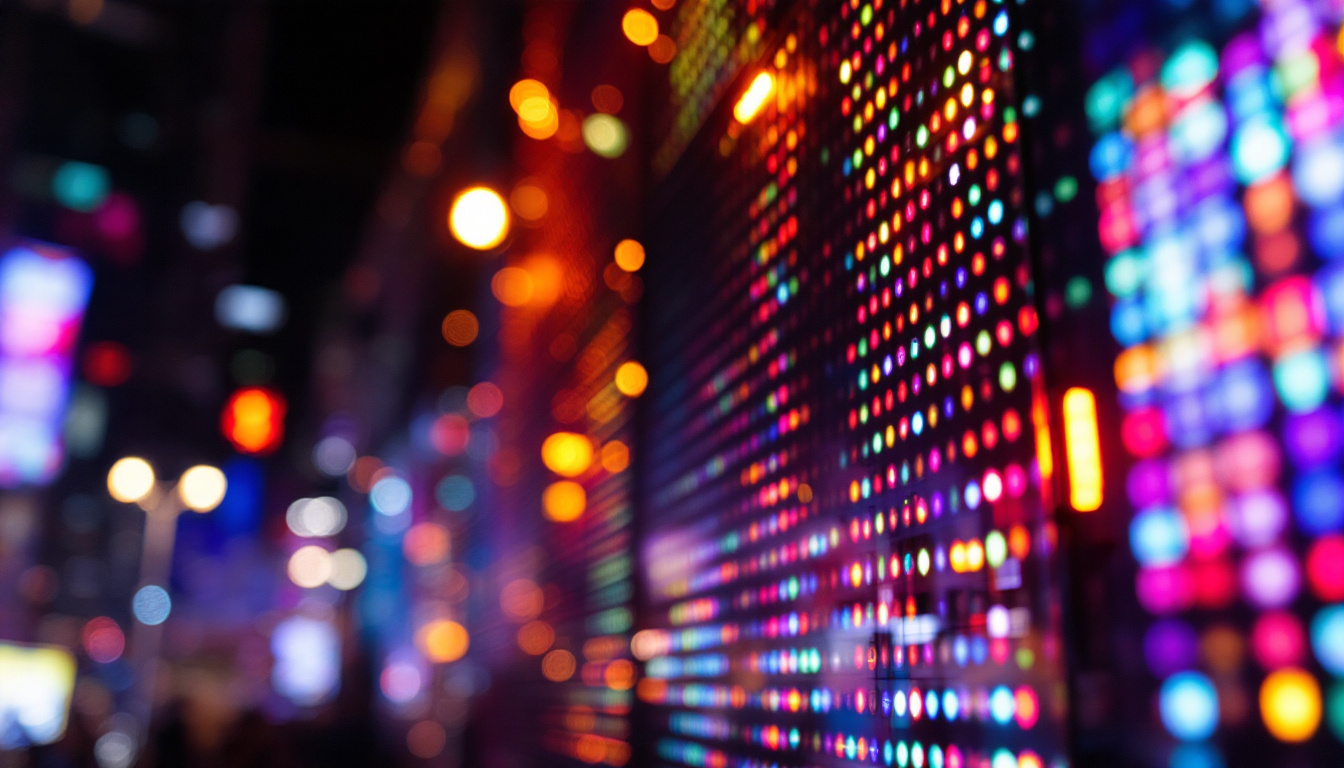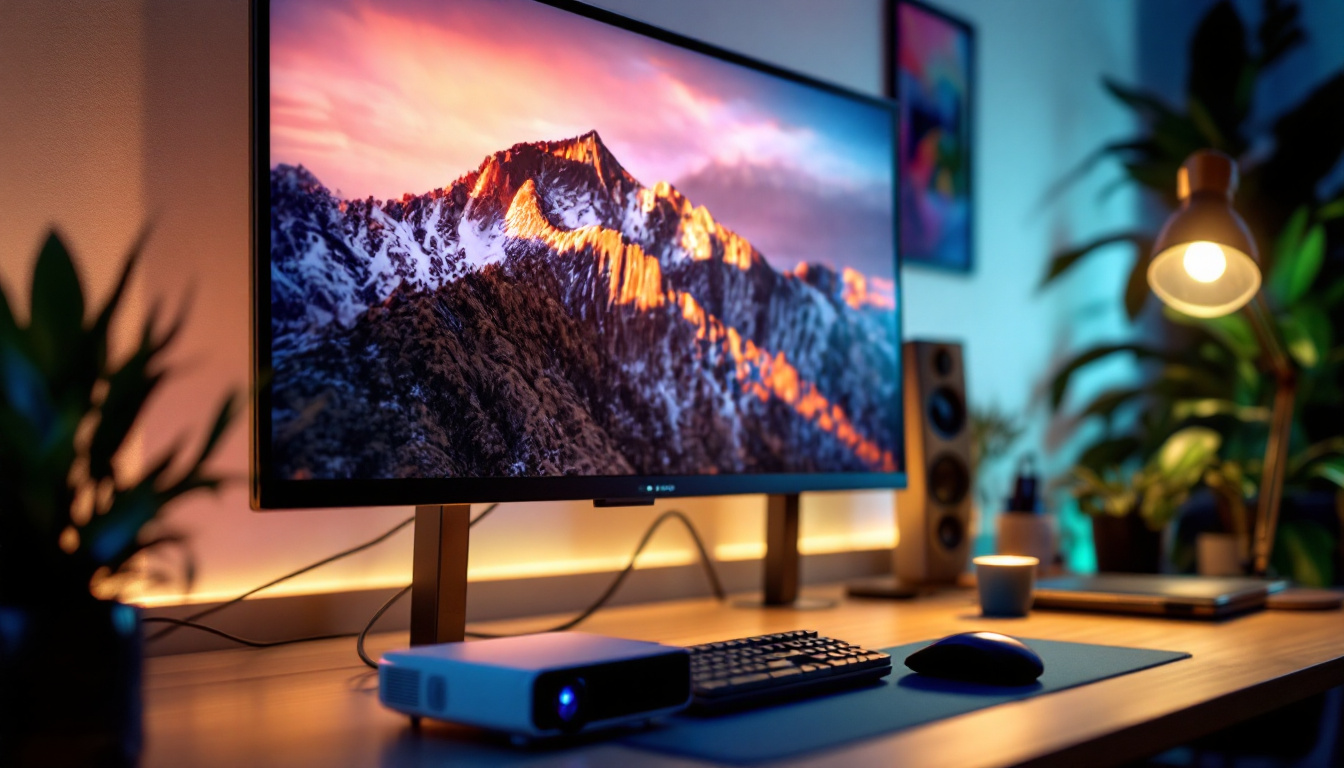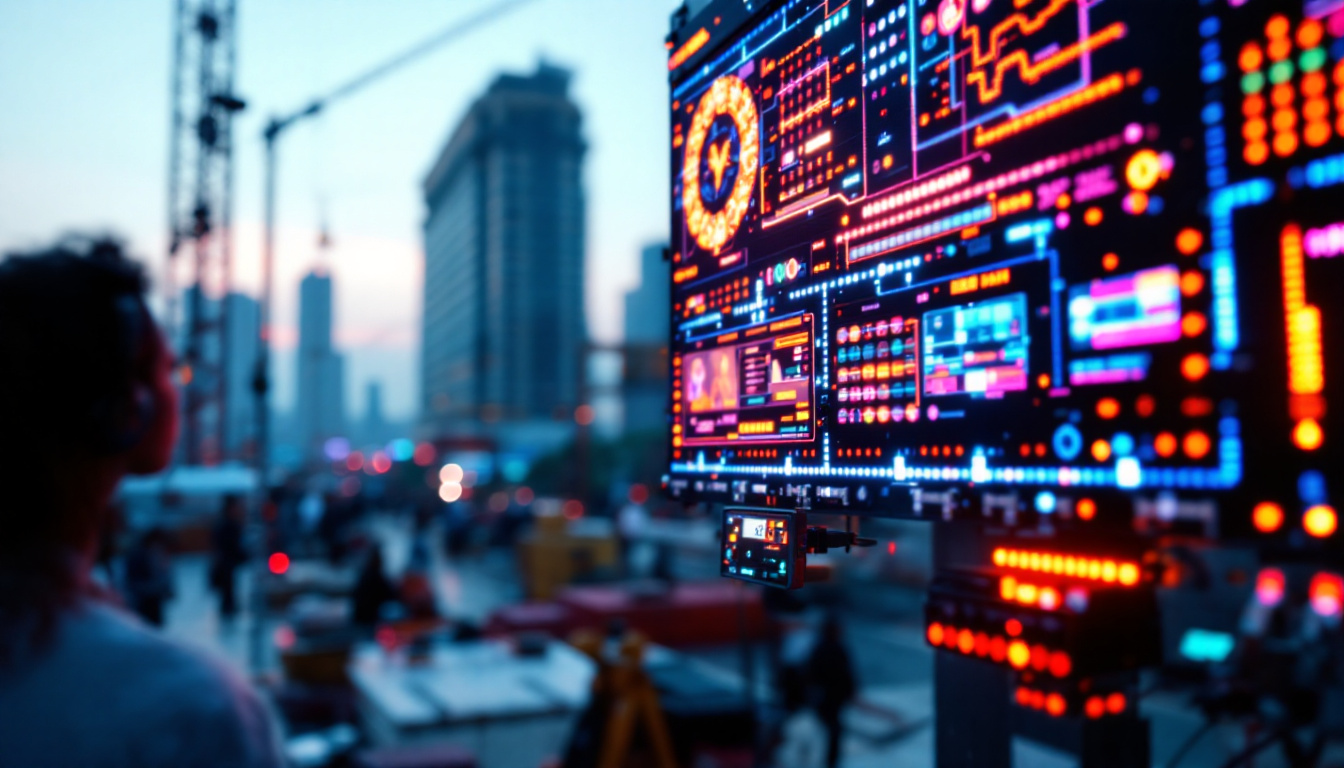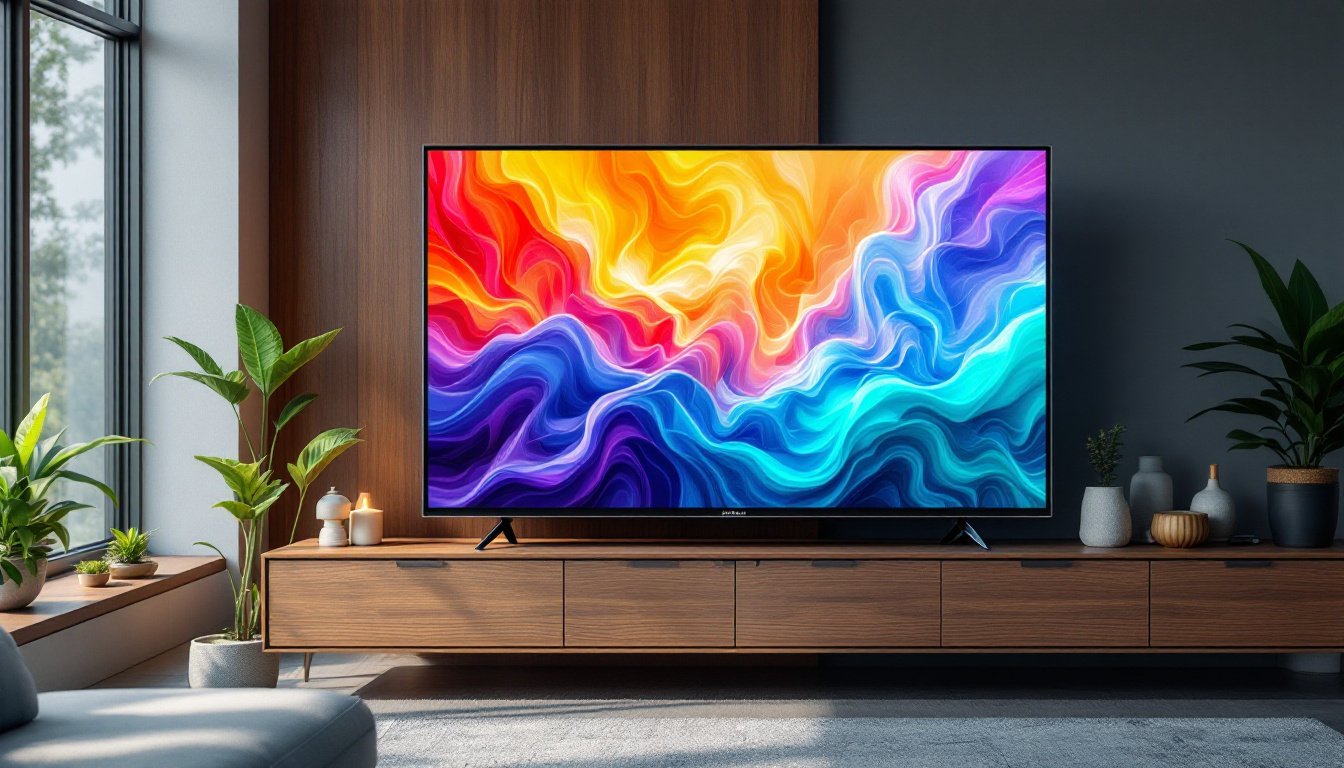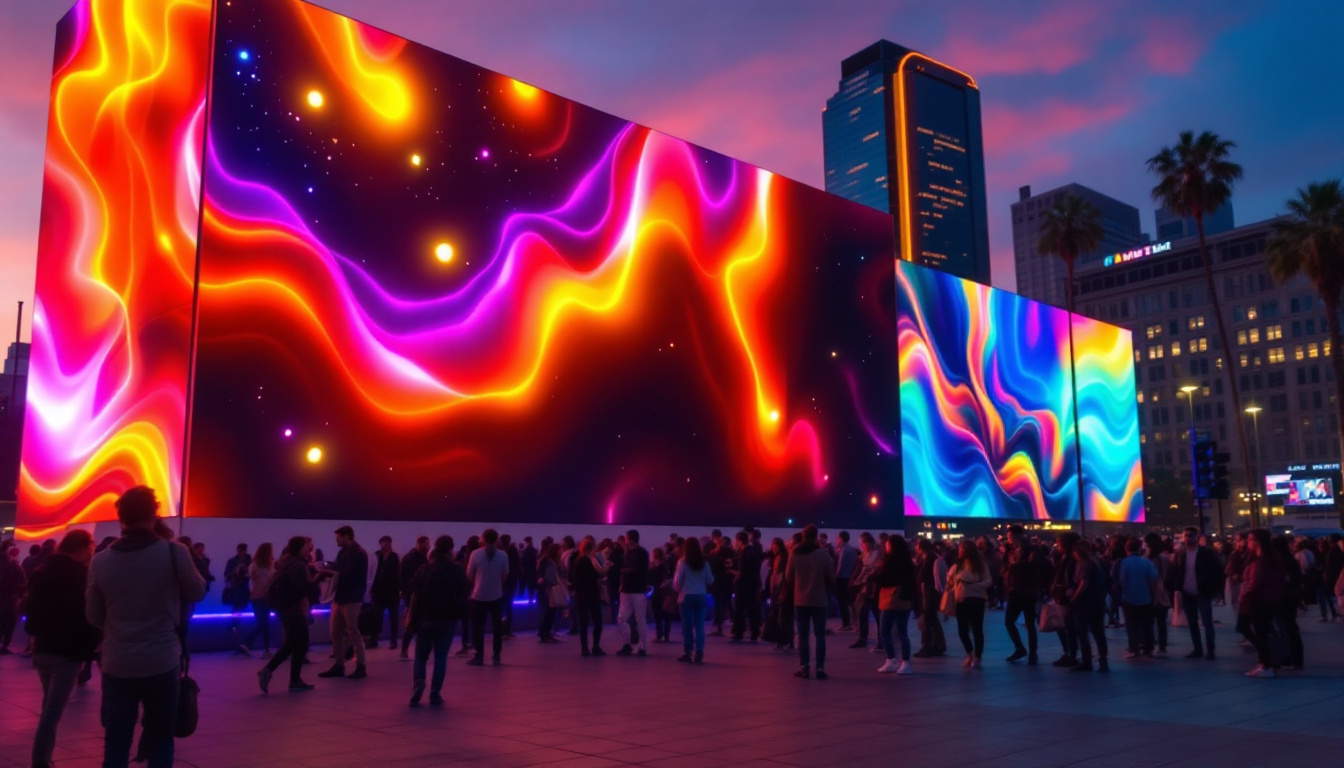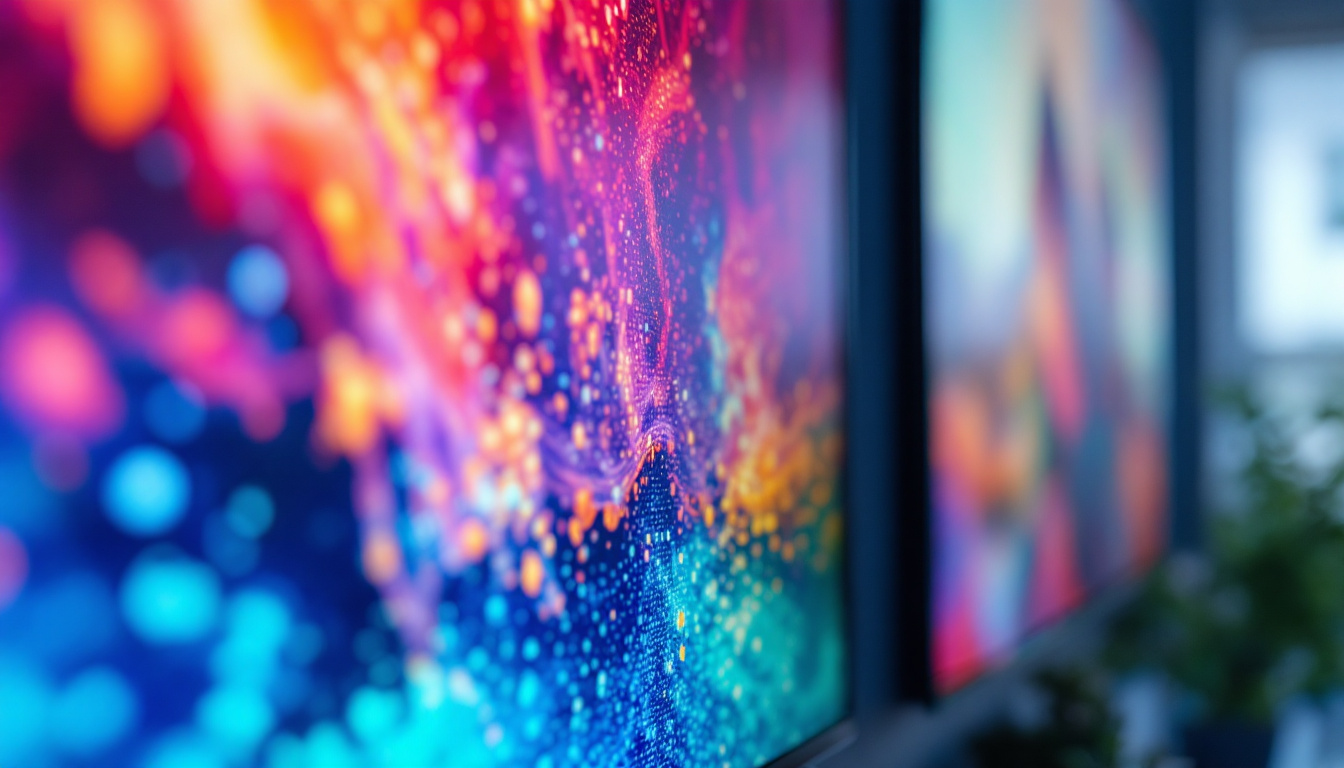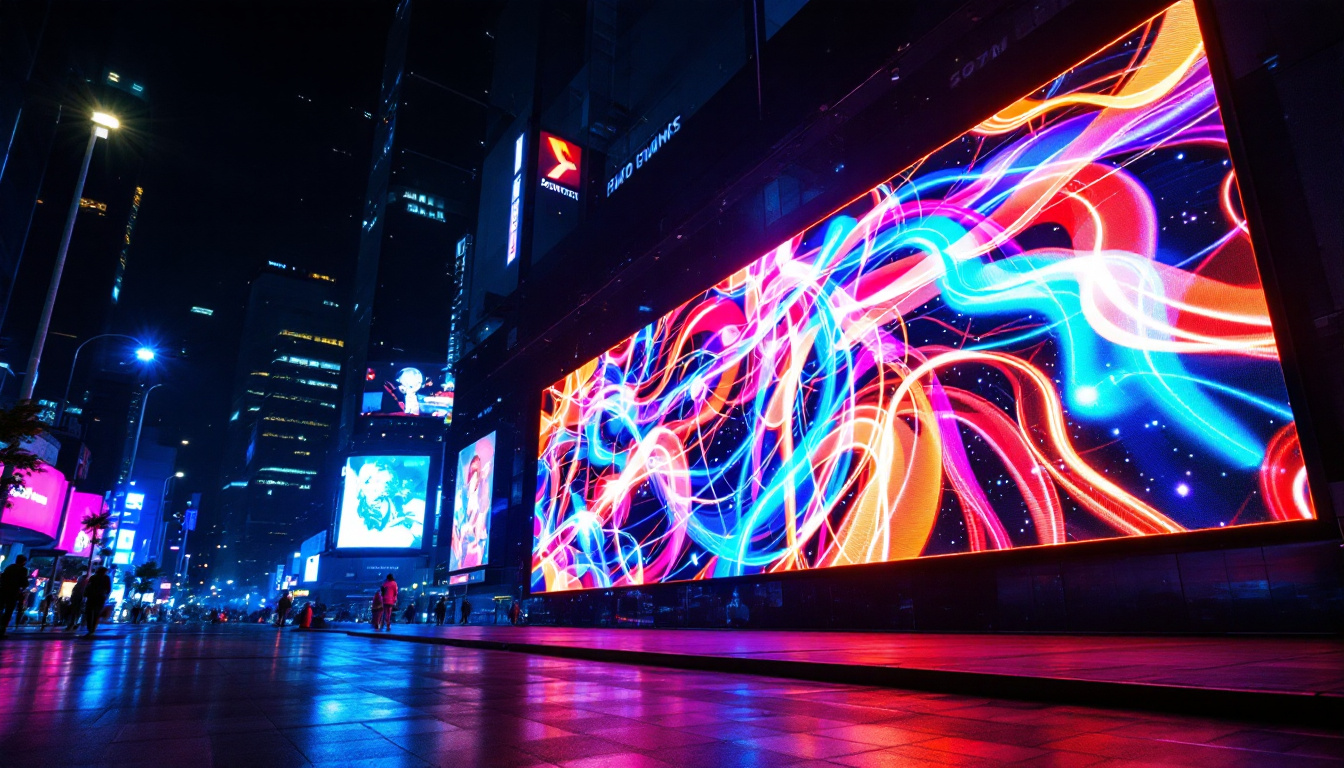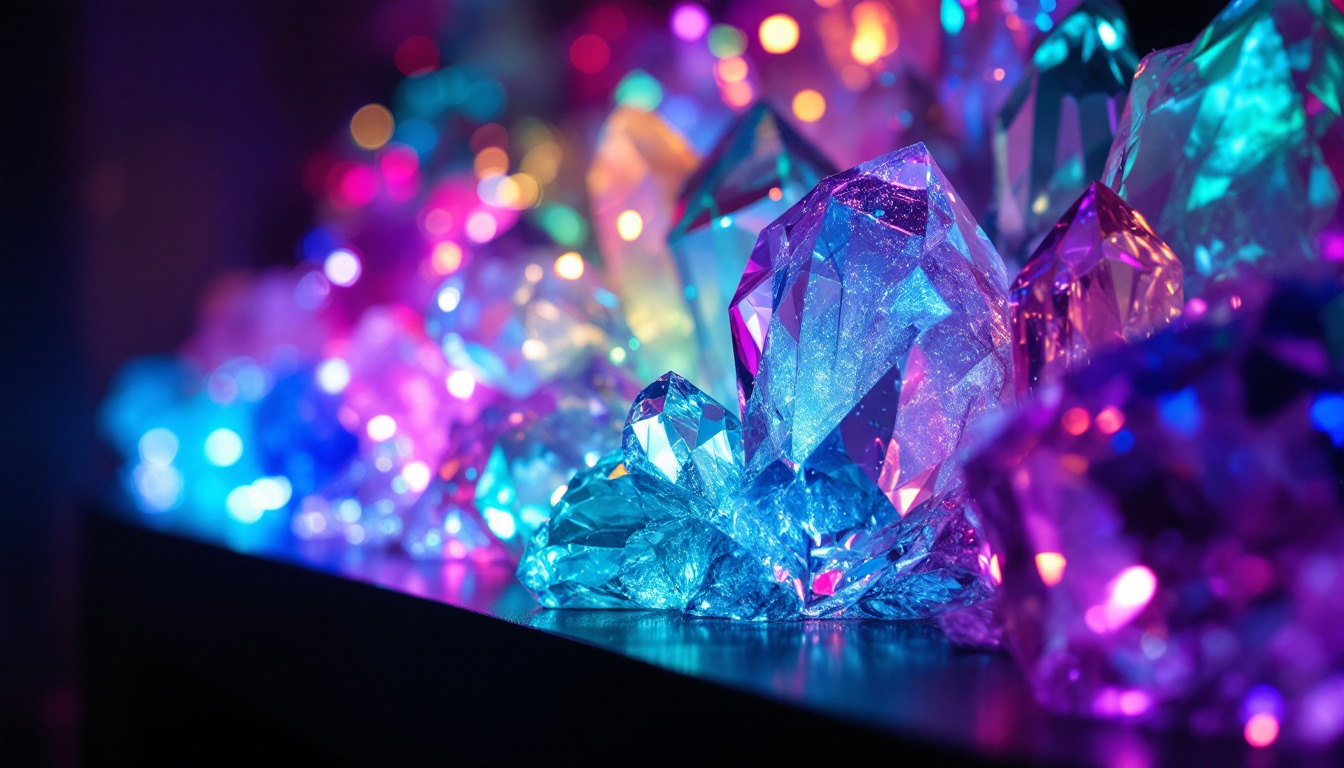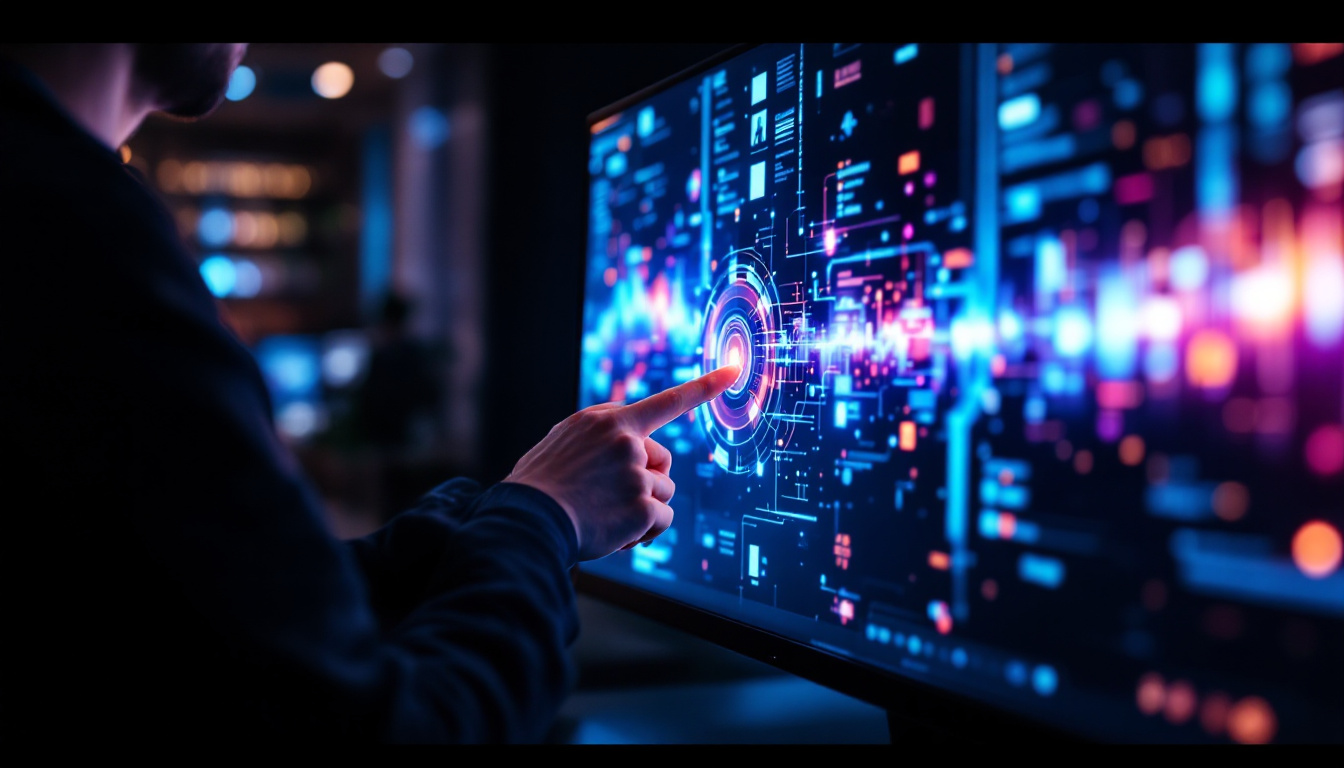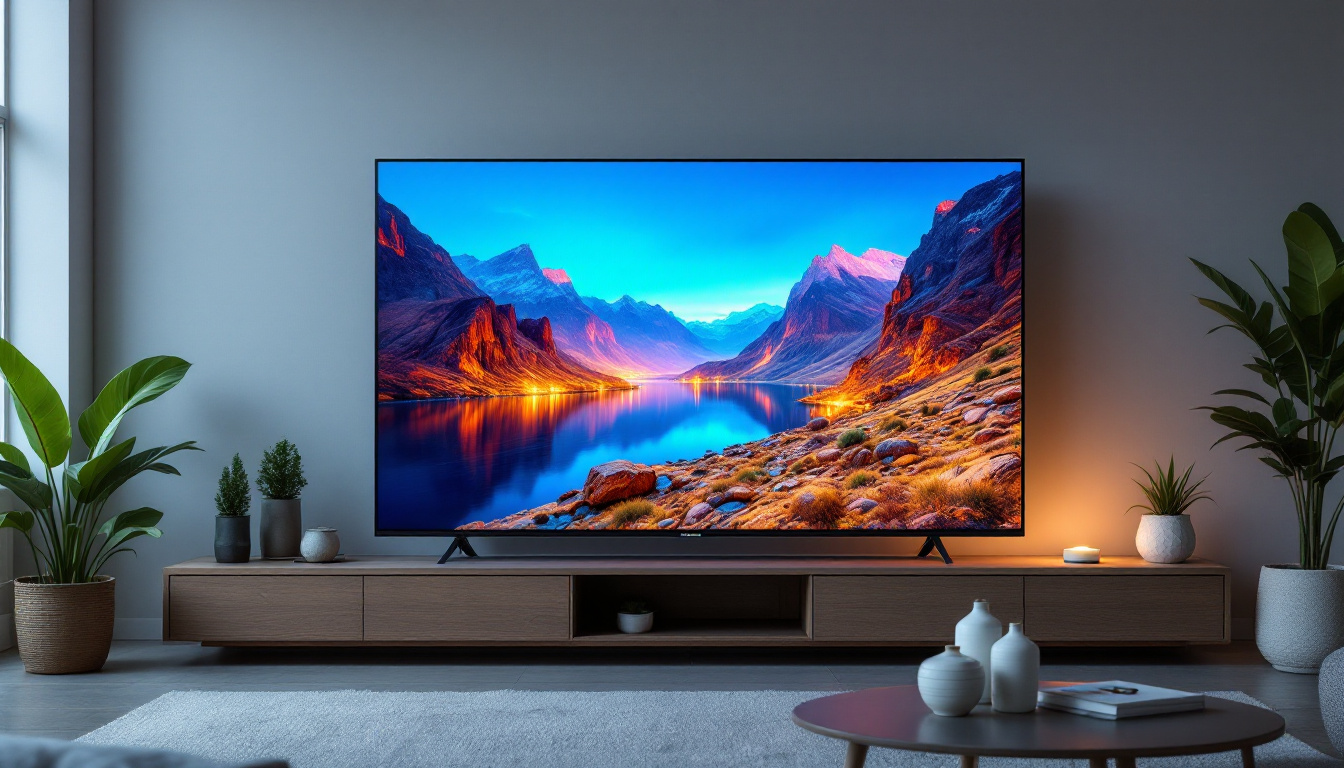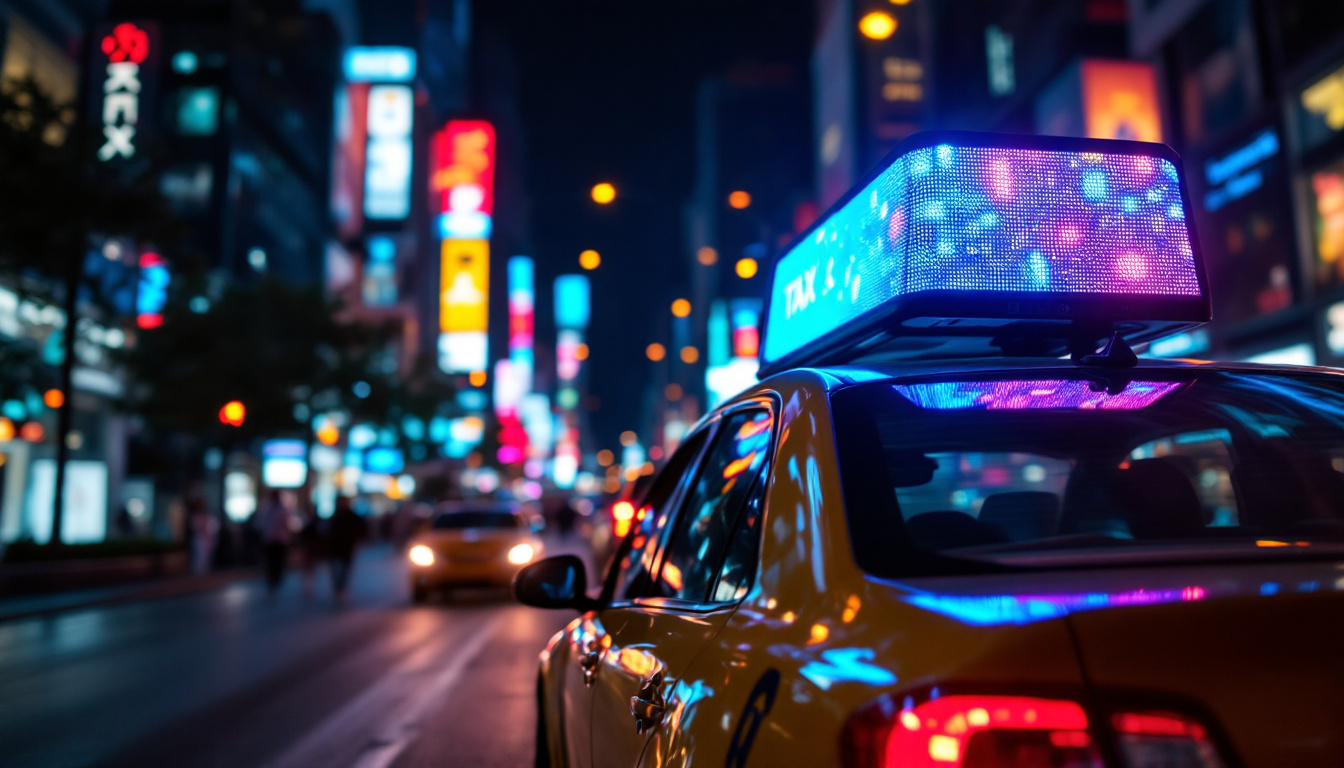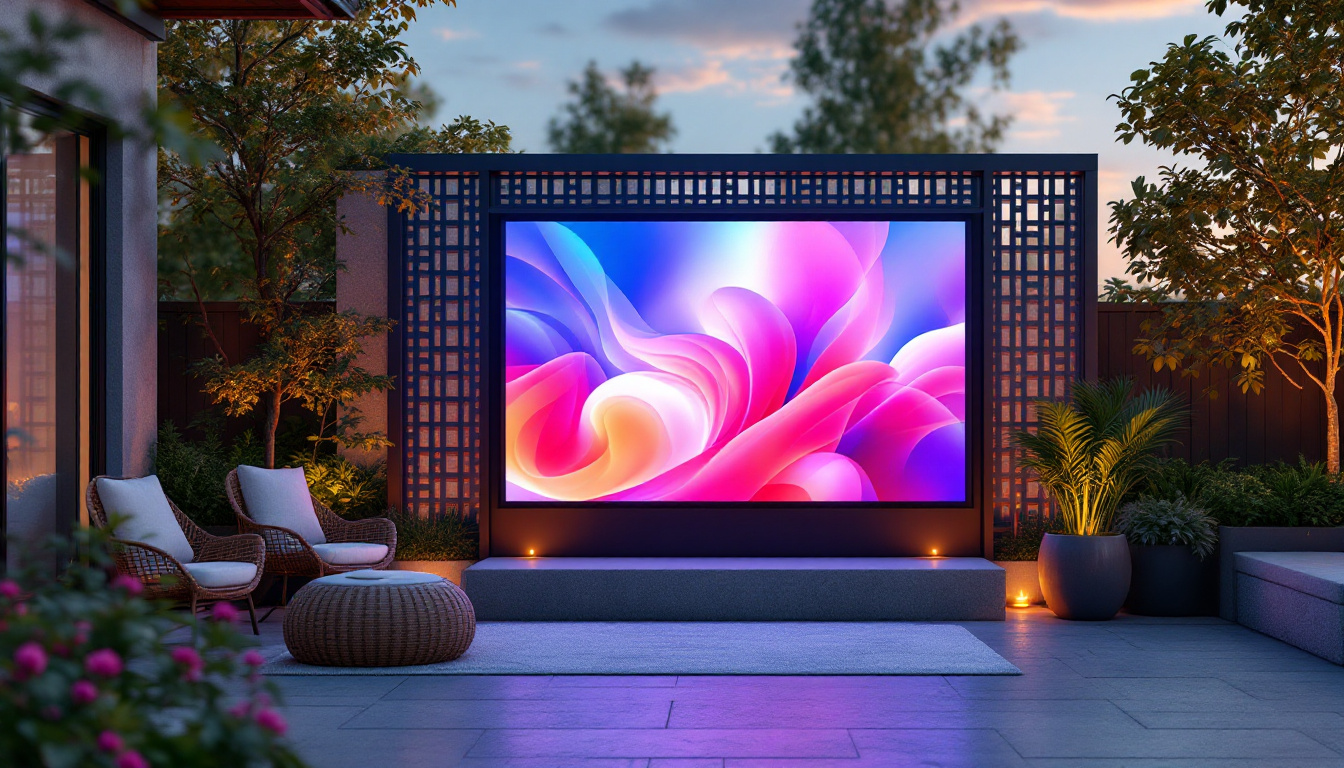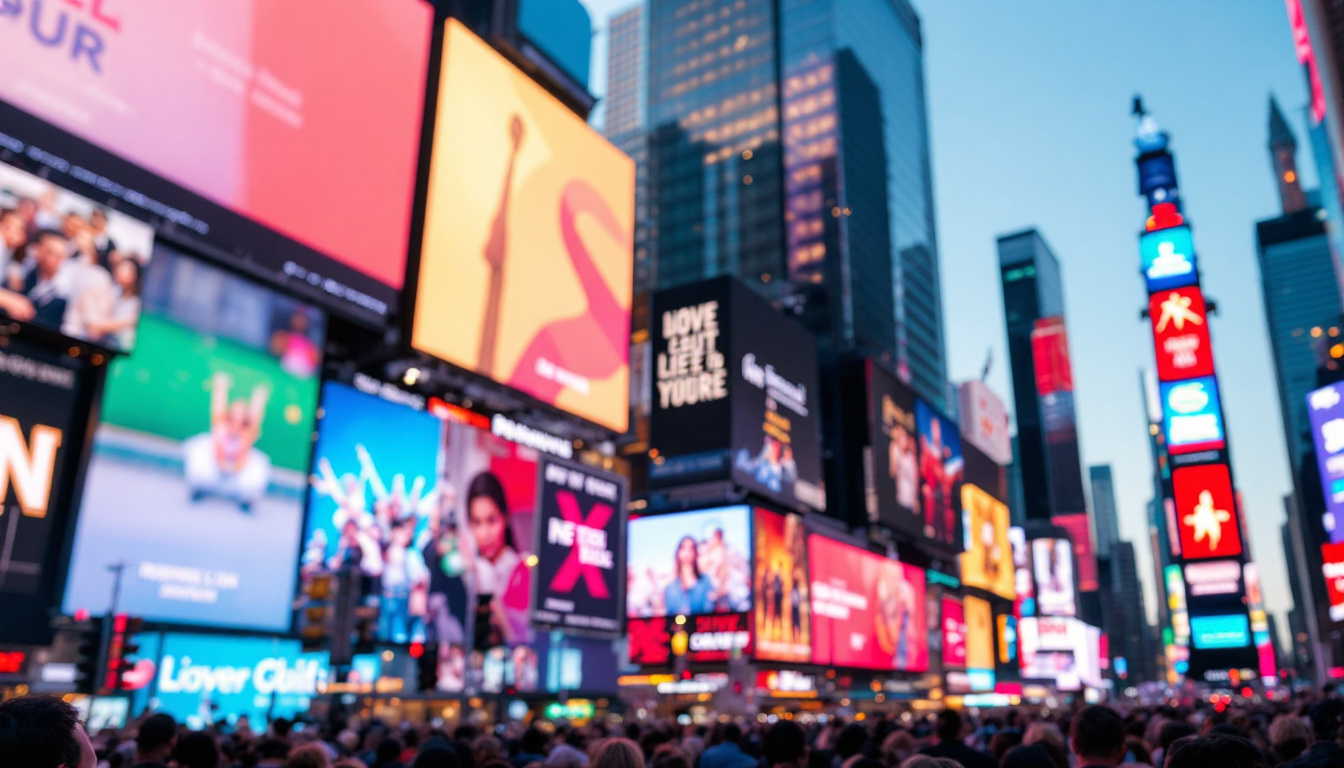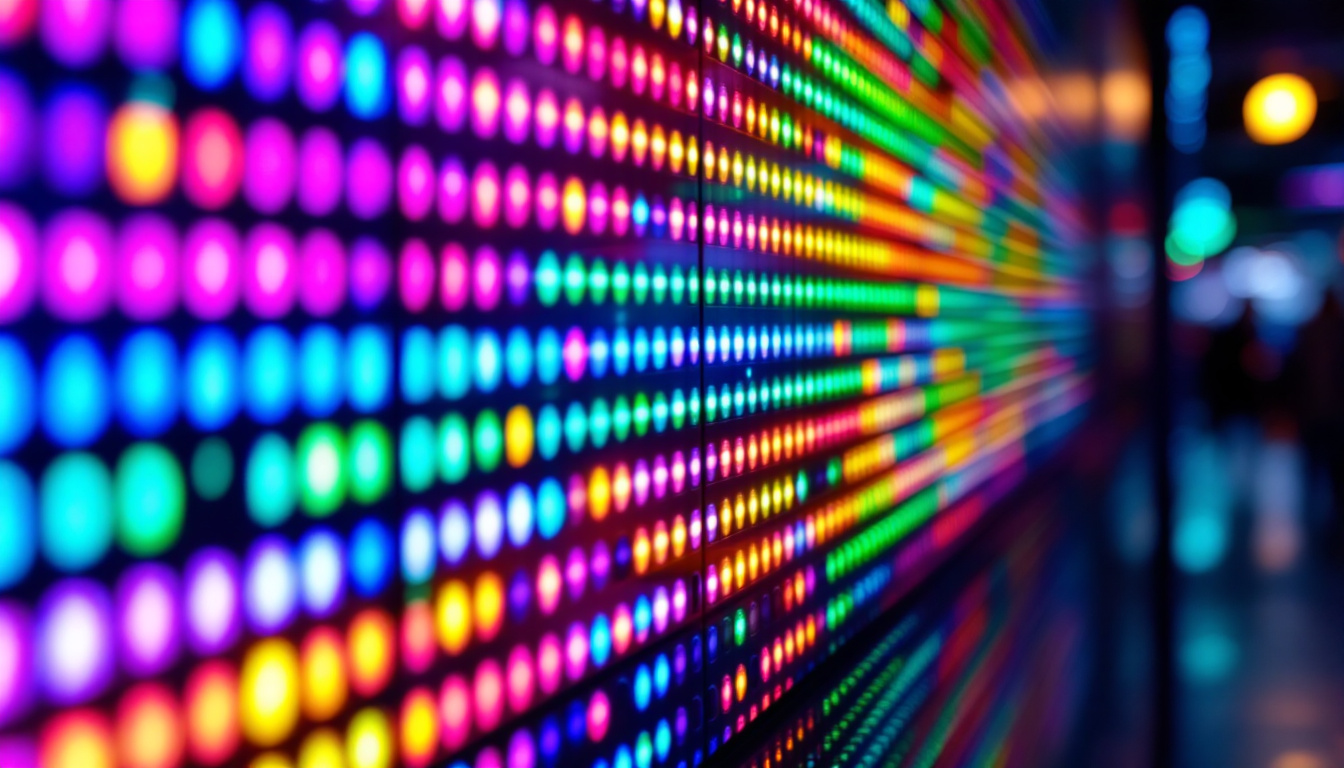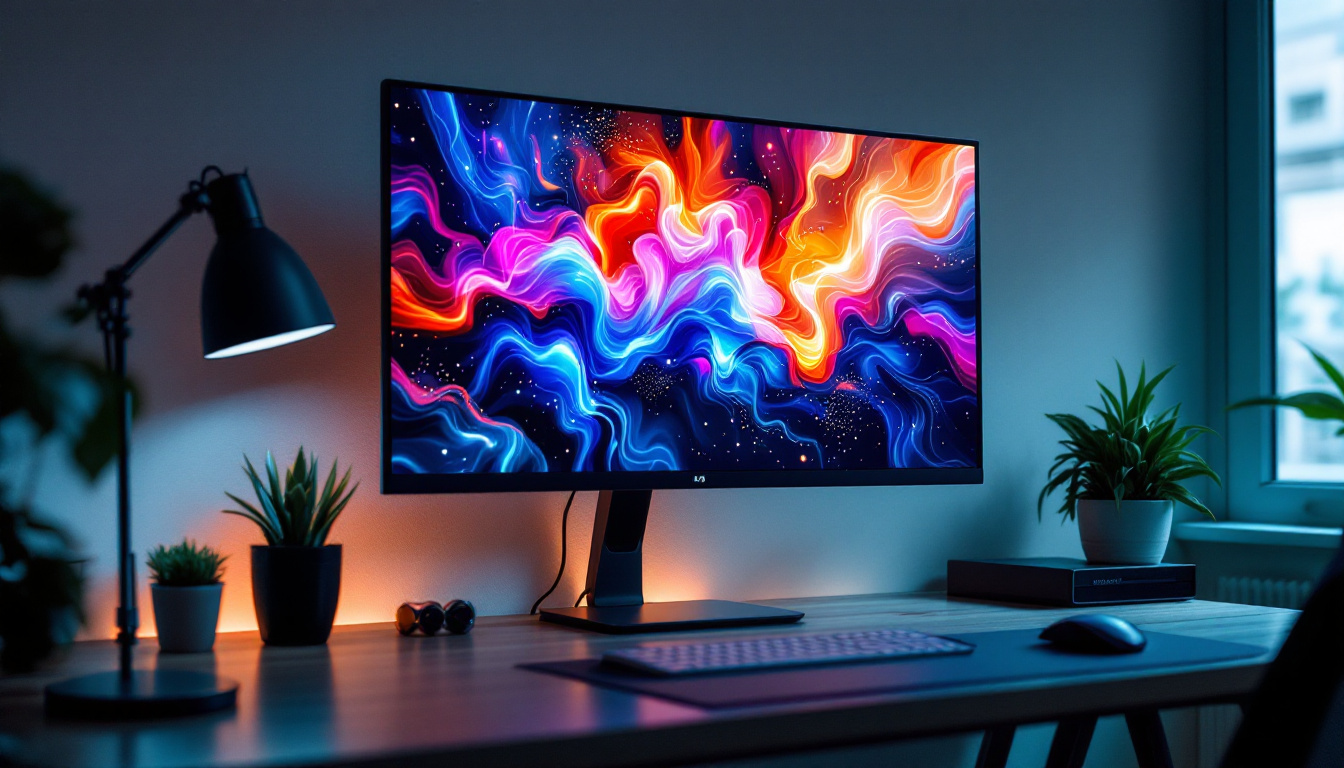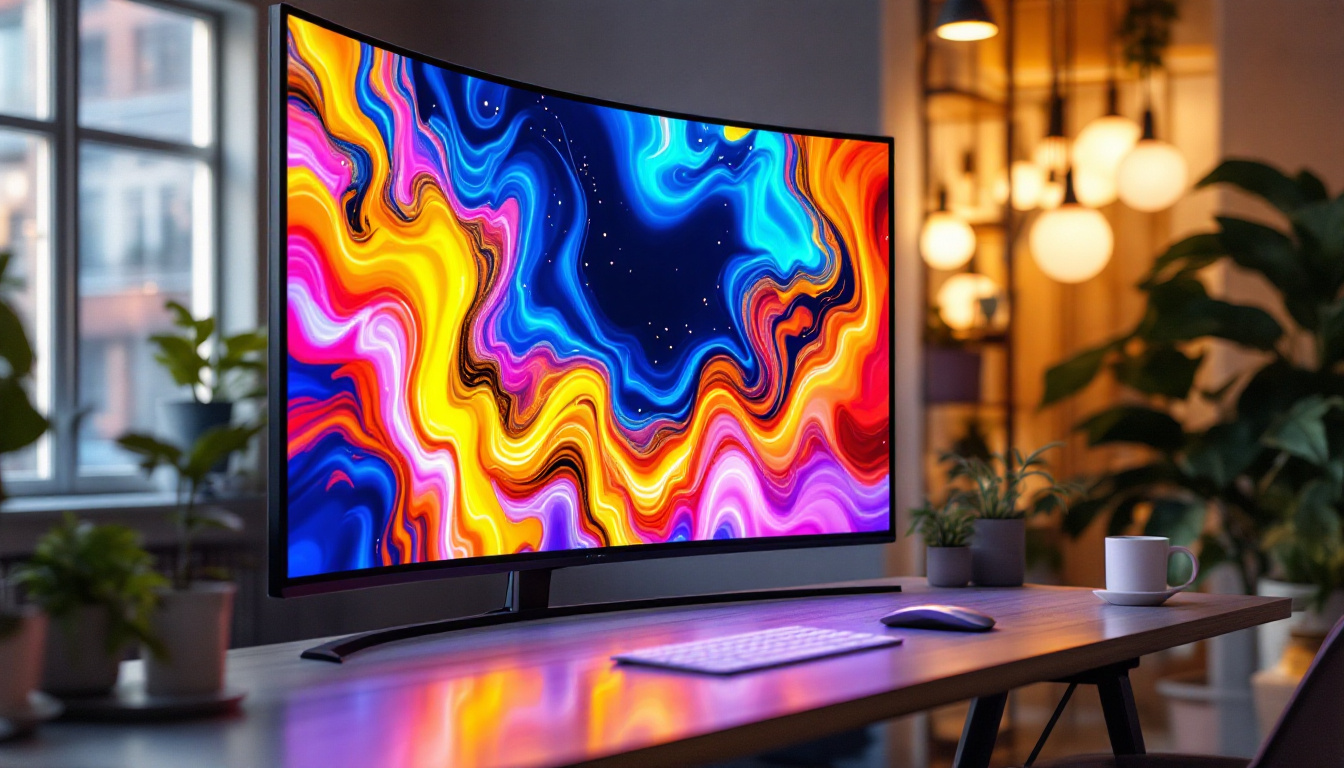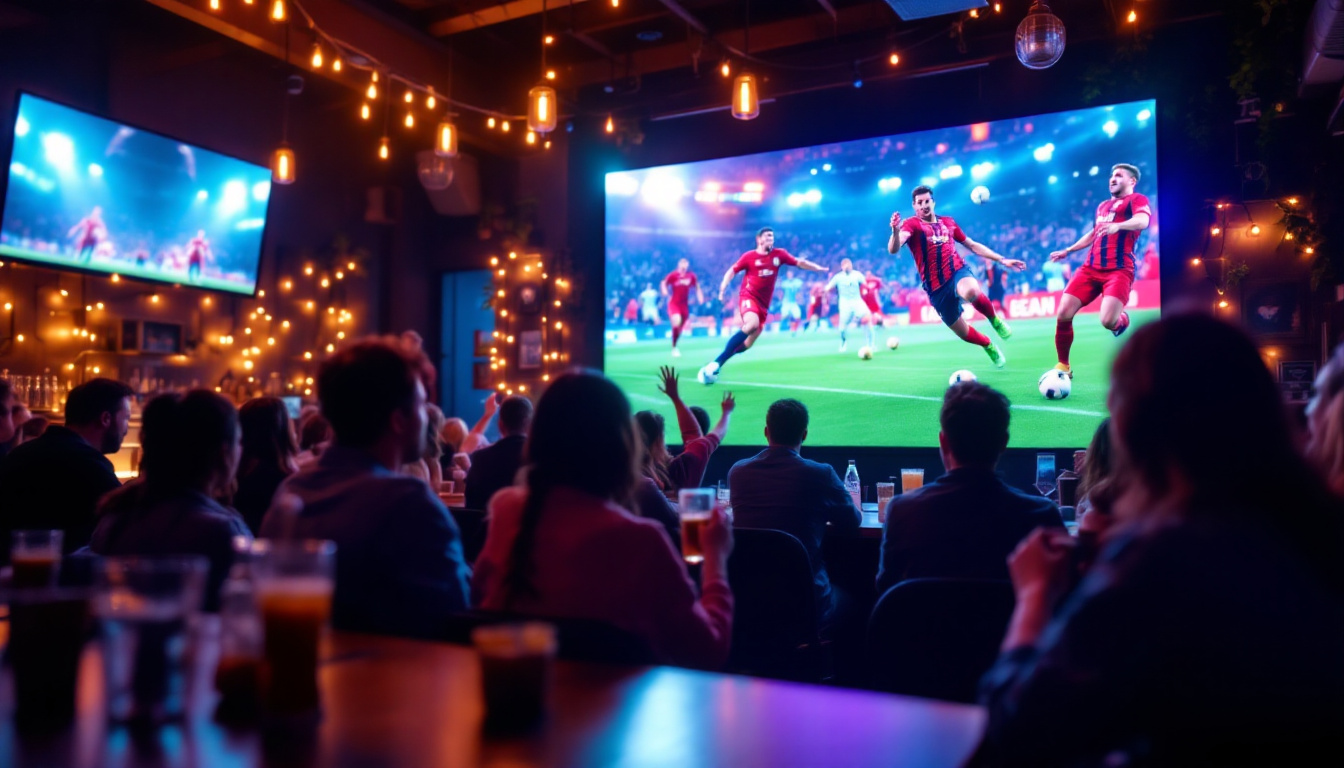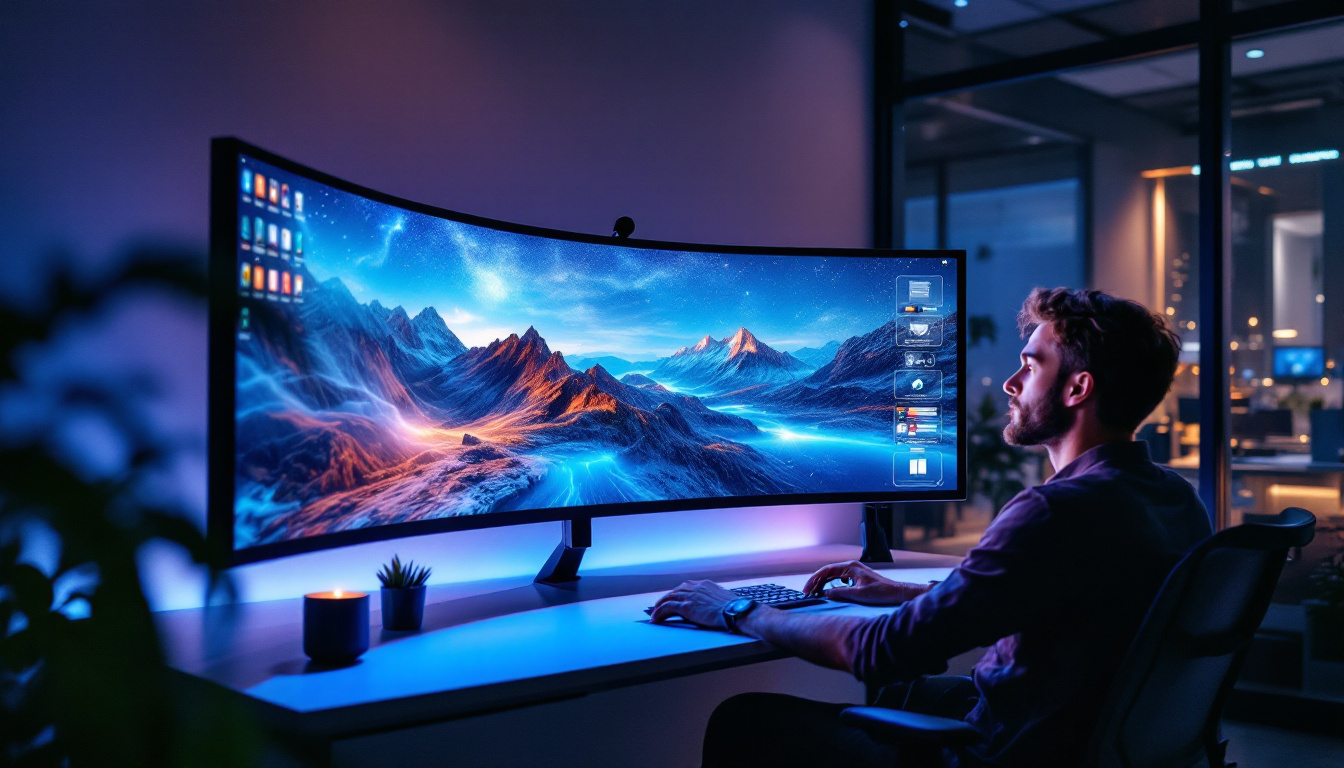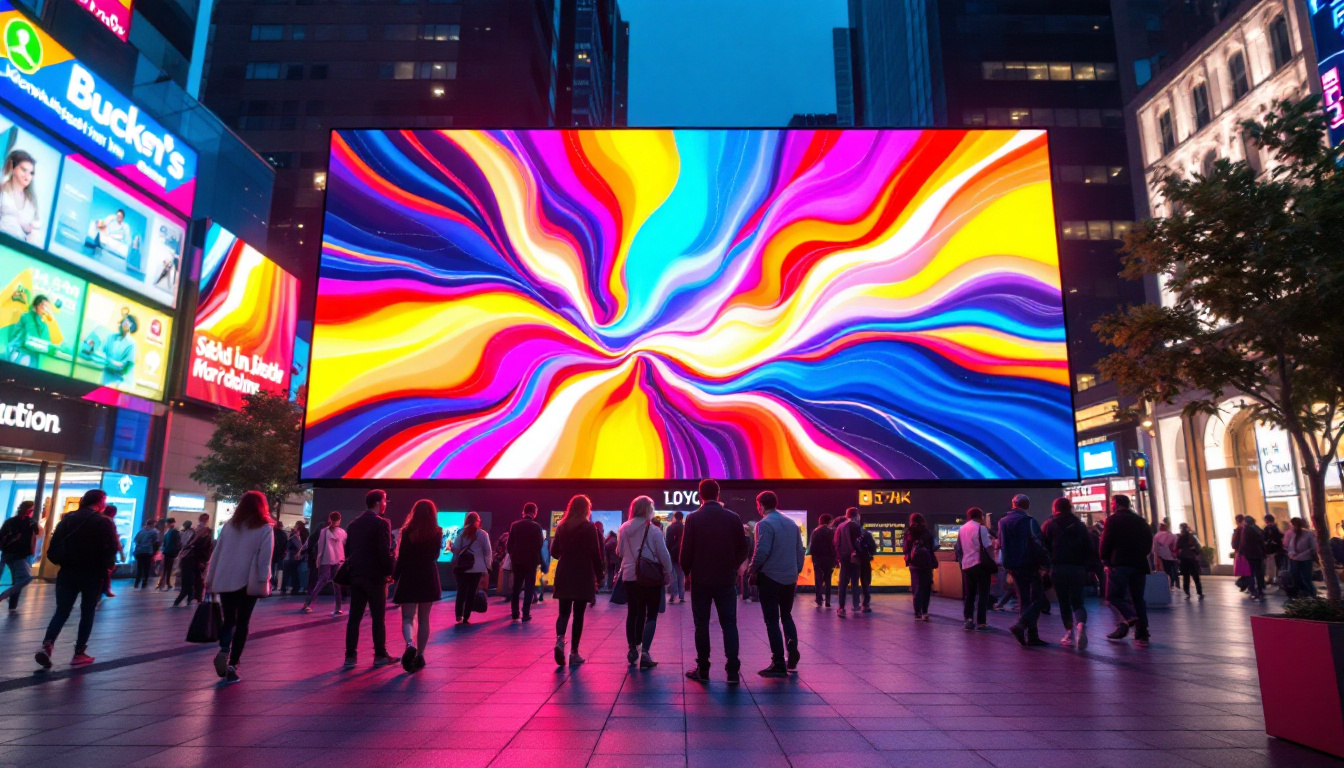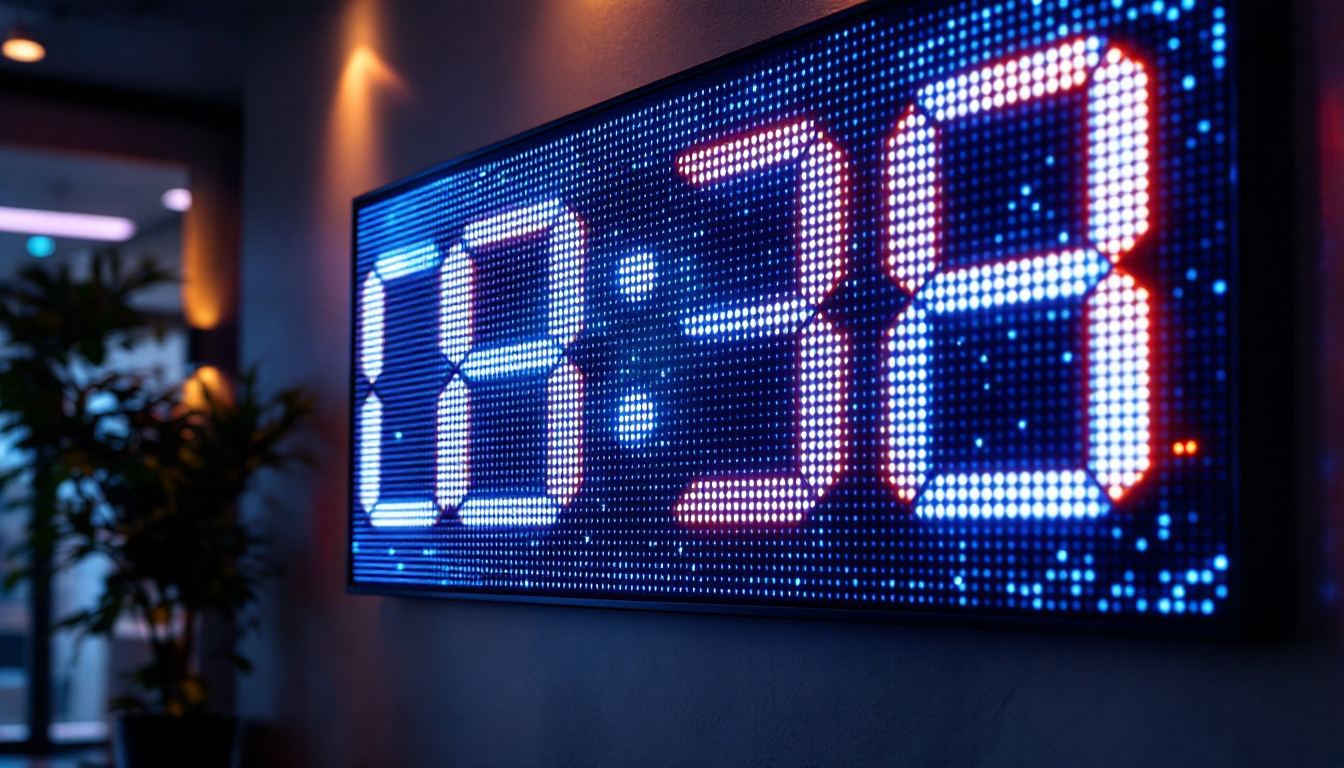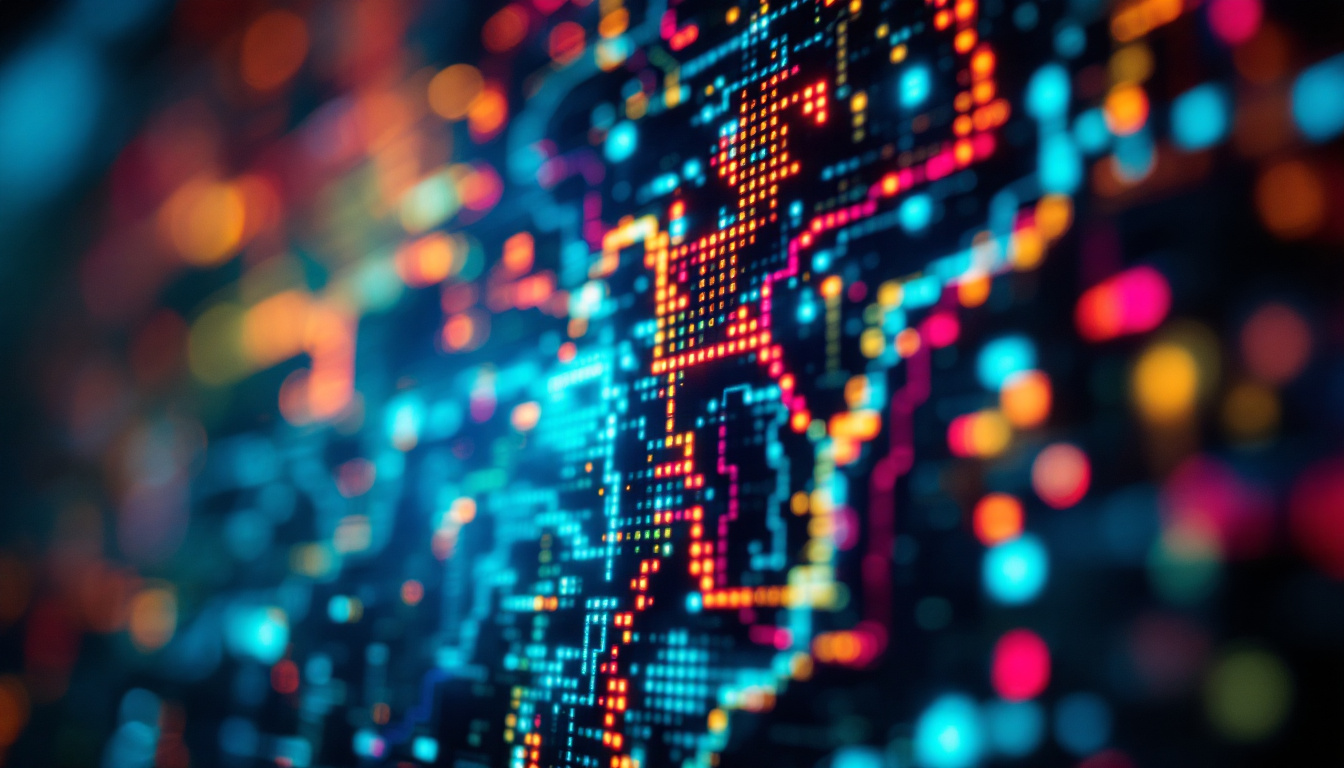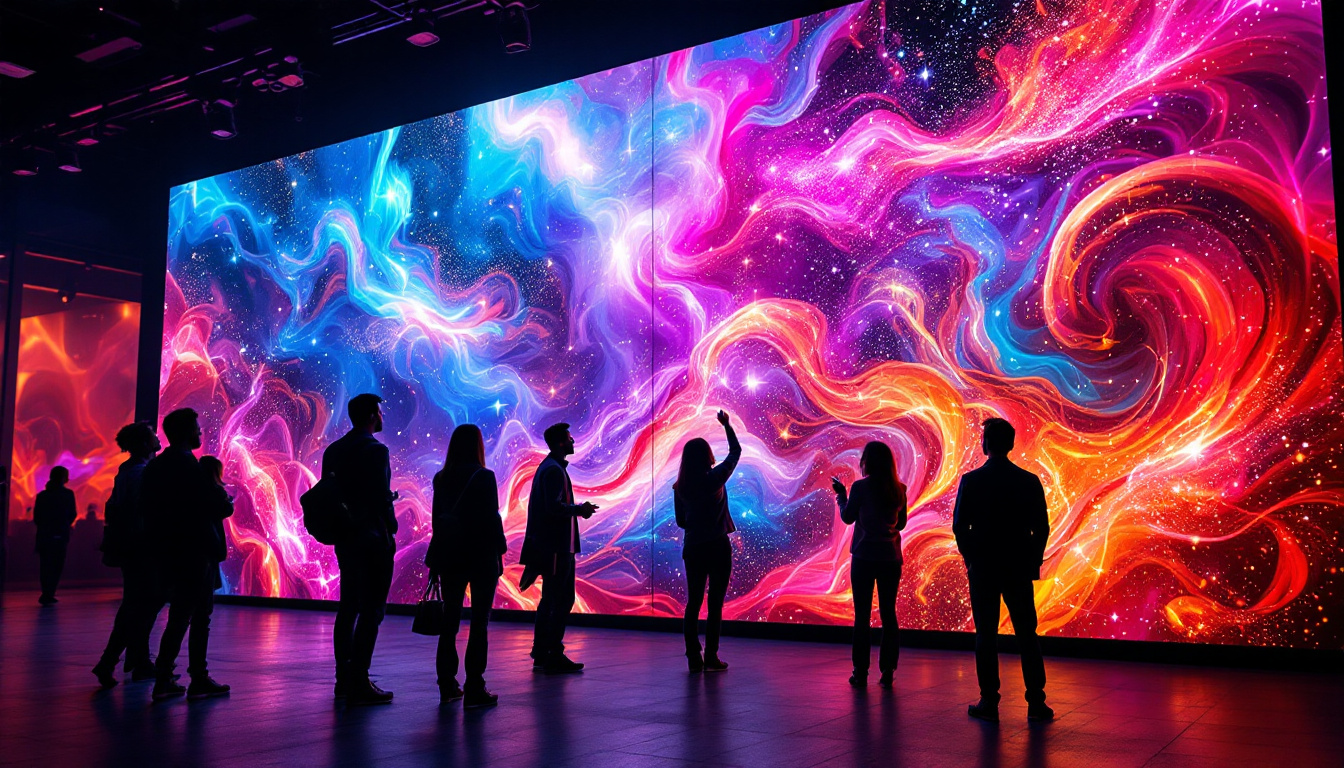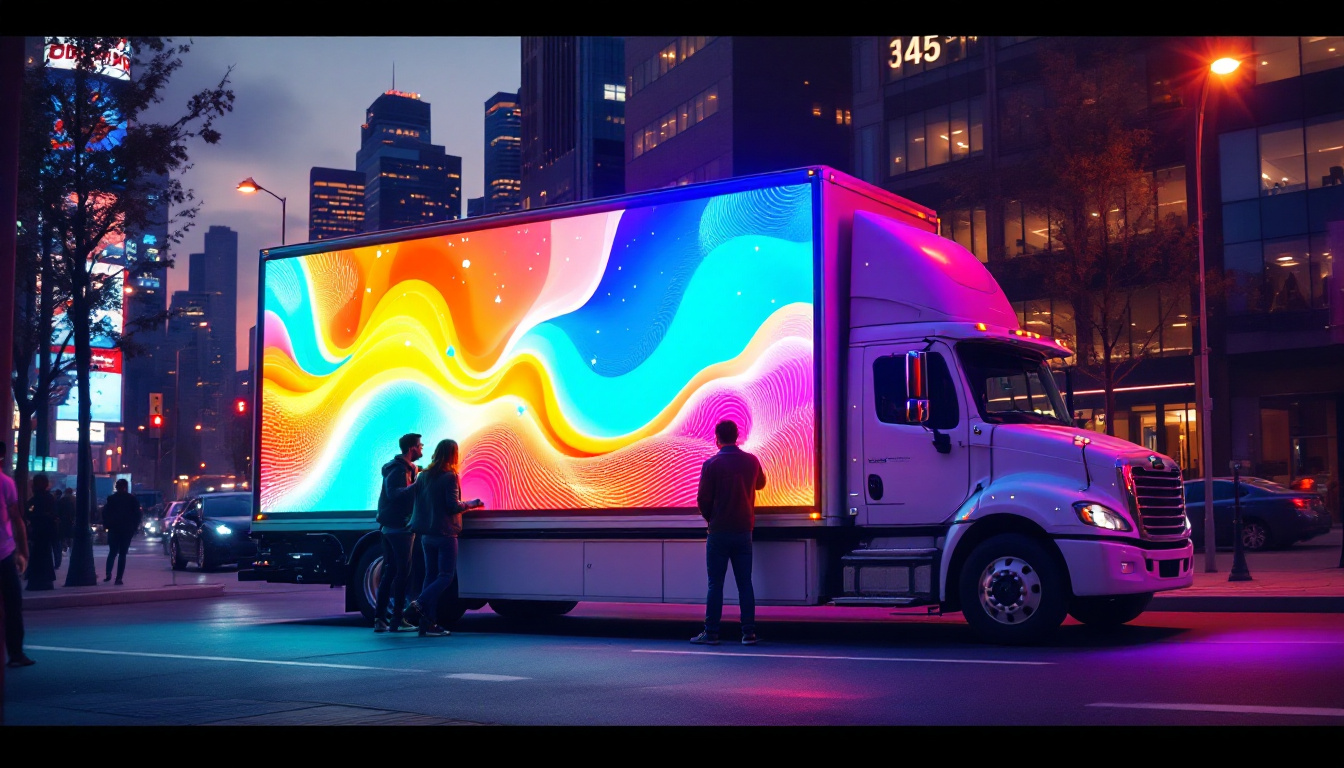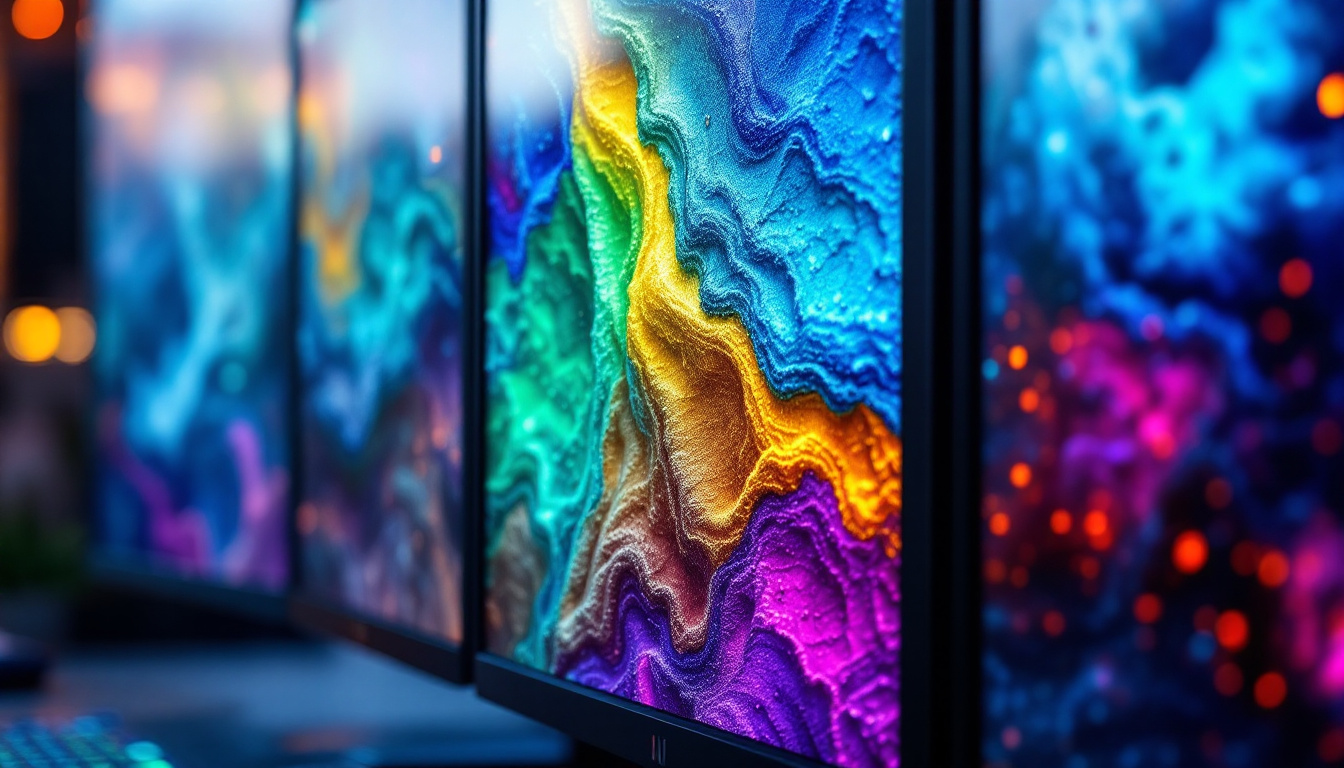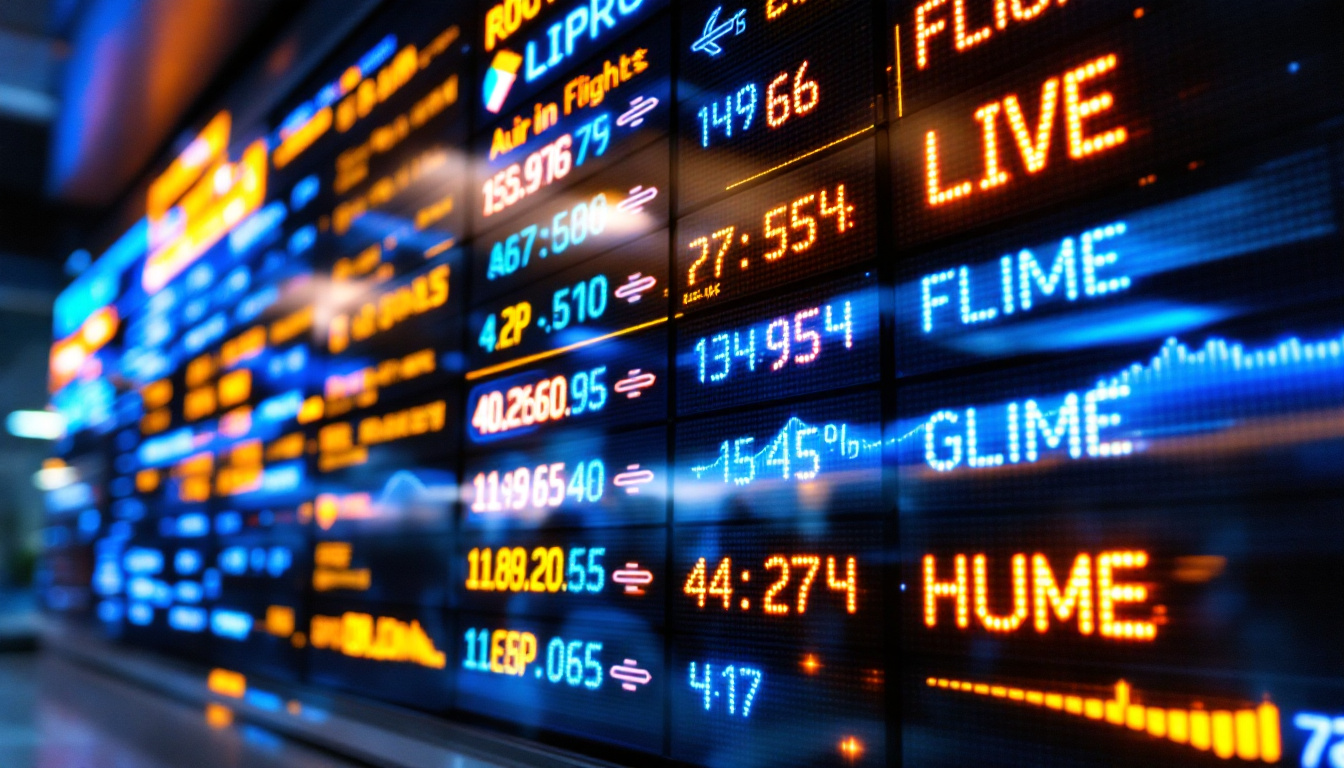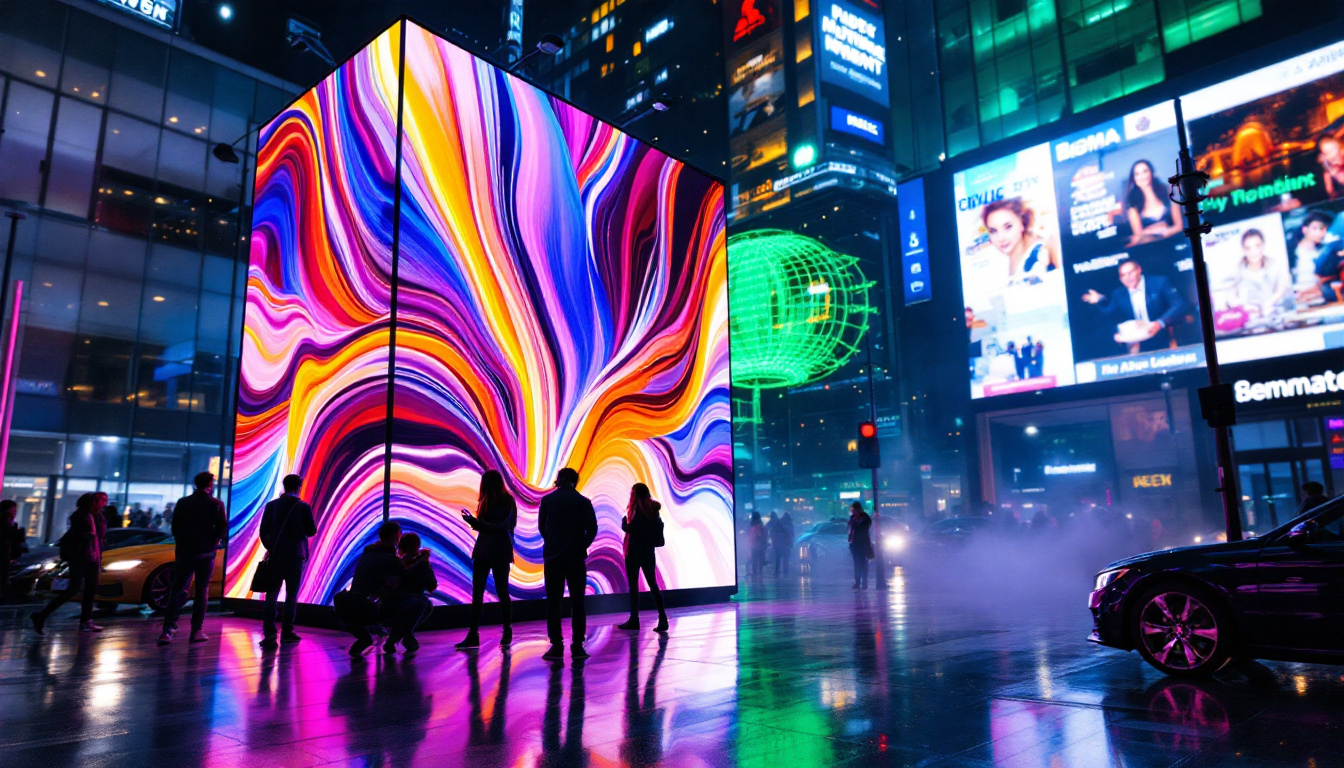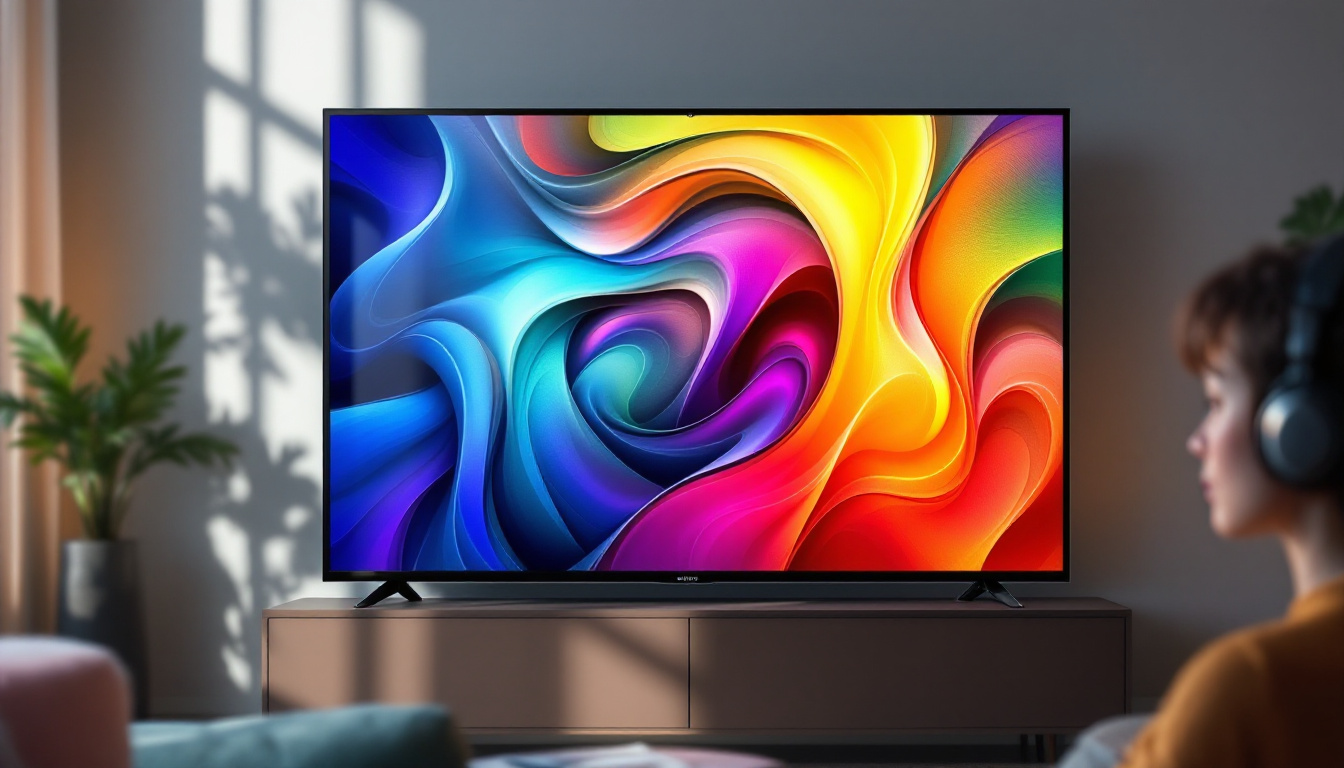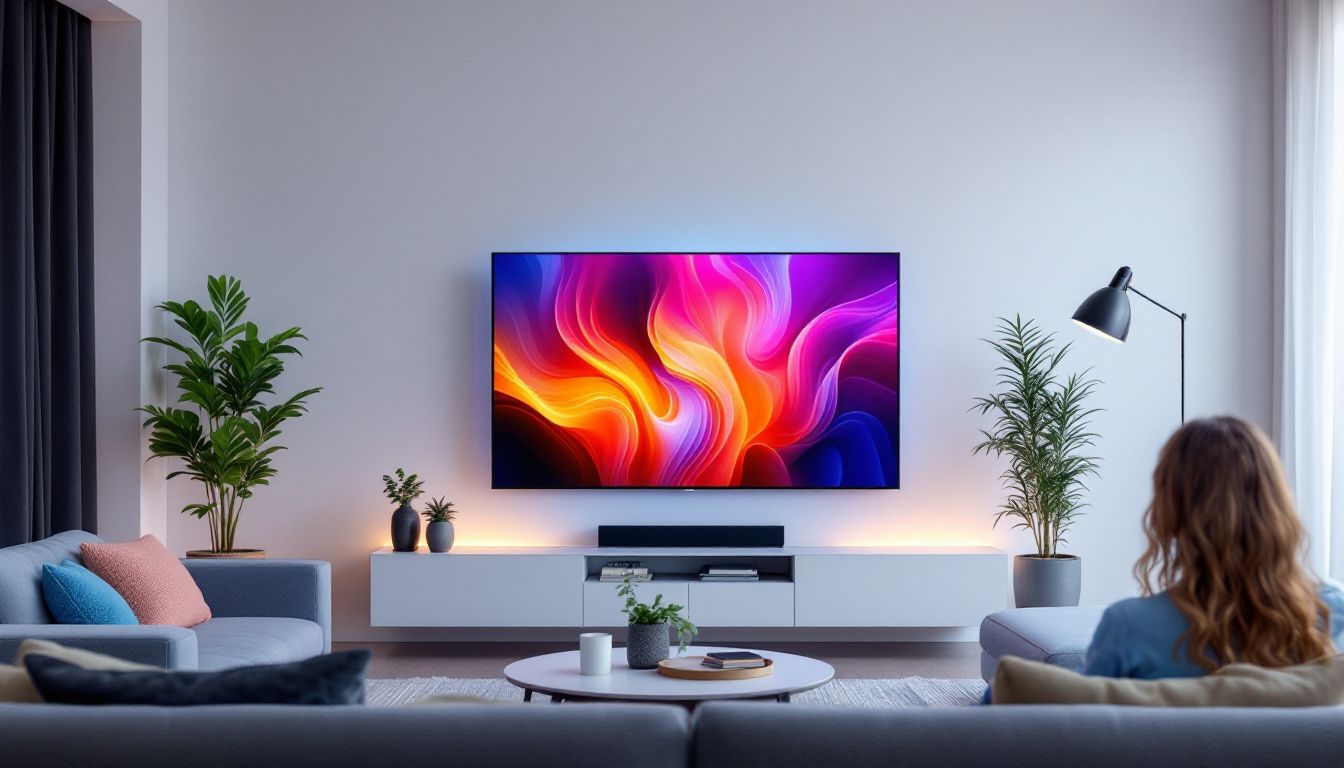In the ever-evolving world of technology, LED displays have emerged as a pivotal advancement in visual communication. The term “LED” stands for Light Emitting Diode, a technology that has transformed the way we perceive images and videos across various platforms. This article delves into the intricacies of LED displays, exploring their functionality, advantages, and applications.
Understanding the Basics of LED Technology
LED technology is rooted in the principles of electroluminescence, where certain materials emit light when an electric current passes through them. This phenomenon underpins the operation of LED displays, which consist of numerous tiny diodes that collectively form a larger visual output. The efficiency of LEDs not only contributes to their widespread use but also plays a significant role in reducing energy consumption compared to traditional lighting solutions. As a result, LED technology has become a cornerstone in the push for more sustainable and eco-friendly lighting options.
How LED Displays Work
At the core of an LED display are individual pixels, each made up of red, green, and blue (RGB) diodes. By varying the intensity of these colors, a wide spectrum of hues can be produced. When these pixels are arranged in a grid, they create the images and videos that we see on screens. The clarity and vibrancy of the display depend significantly on the pixel density, measured in pixels per inch (PPI). Higher PPI values result in sharper images and finer details, making them particularly desirable for applications such as mobile devices and high-resolution televisions. Additionally, advancements in technology have led to the development of techniques like pixel mapping, which further enhances the visual experience by optimizing how images are rendered on the display.
Types of LED Displays
There are several types of LED displays, each designed for specific applications. The most common types include:
- Direct View LED: These displays are often used for billboards and large screens, where the individual LEDs are directly visible to the viewer. Their ability to produce bright, eye-catching visuals makes them ideal for outdoor advertising, especially in high-traffic areas.
- LED Backlit LCD: This technology uses LEDs to illuminate an LCD panel, enhancing brightness and color accuracy. These displays are prevalent in televisions and computer monitors, providing a balance between performance and cost-effectiveness.
- Organic LED (OLED): Utilizing organic compounds that emit light, OLED displays offer superior contrast and flexibility, making them ideal for high-end TVs and smartphones. The ability of OLEDs to achieve true blacks by turning off individual pixels leads to a more immersive viewing experience.
In addition to these common types, there are also specialized LED displays such as MicroLED and MiniLED, which are gaining traction in the market. MicroLED technology consists of microscopic LEDs that can be used to create displays with incredible detail and brightness, while MiniLED technology enhances traditional LCDs by using smaller LED backlights for improved contrast and color performance. As the demand for high-quality visual experiences continues to grow, innovations in LED technology are likely to evolve, paving the way for even more advanced display solutions.
Advantages of LED Displays
LED displays have garnered widespread popularity due to their numerous advantages over traditional display technologies. These benefits include energy efficiency, durability, and superior image quality.
Energy Efficiency
One of the standout features of LED displays is their energy efficiency. Compared to traditional incandescent bulbs and even some LCDs, LED displays consume significantly less power. This not only reduces operational costs but also minimizes environmental impact, making them a more sustainable choice for consumers and businesses alike. Furthermore, the lower energy consumption translates into reduced heat generation, which can lead to lower cooling costs in environments where multiple displays are used, such as retail spaces or control rooms. This dual benefit of energy savings and heat reduction makes LED technology an attractive option for a wide range of applications.
Longevity and Durability
LED displays are known for their longevity. While traditional displays may require frequent replacements, LED technology can last tens of thousands of hours. This durability is particularly advantageous for outdoor applications where exposure to the elements can take a toll on other display types. Additionally, many LED displays are designed to withstand shocks and vibrations, making them ideal for use in high-traffic areas or industrial settings. The robust nature of LED technology not only ensures a longer lifespan but also reduces maintenance costs and downtime, allowing businesses to focus on their core operations without the distraction of frequent repairs.
Image Quality and Performance
The image quality produced by LED displays is often unparalleled. With high brightness levels and vibrant colors, these displays can maintain clarity even in bright sunlight. Additionally, the fast response time of LEDs ensures that motion graphics appear smooth and fluid, enhancing the viewing experience. This exceptional performance is further complemented by the ability of LED displays to achieve high contrast ratios, which means deeper blacks and brighter whites. As a result, viewers can enjoy a more immersive experience, whether they are watching a video, playing a game, or viewing digital signage. Furthermore, advancements in LED technology, such as the development of microLED and OLED displays, promise even greater improvements in color accuracy and viewing angles, pushing the boundaries of what is possible in display technology.
Applications of LED Displays
LED displays are utilized across a diverse range of industries, each leveraging the technology for its unique advantages. From advertising to entertainment, the applications are virtually limitless.
Advertising and Marketing
In the realm of advertising, LED displays have revolutionized the way brands communicate with consumers. digital billboards and signage can be updated in real-time, allowing for dynamic content that captures attention. This flexibility enables marketers to tailor messages based on time of day, audience demographics, or even current events. Furthermore, the vibrant colors and high contrast of LED displays ensure that advertisements stand out in crowded urban environments, making them a preferred choice for businesses looking to maximize visibility. The integration of QR codes and interactive elements on these displays also encourages immediate consumer engagement, driving traffic to websites or social media platforms.
Entertainment and Events
Concerts, sporting events, and festivals have all embraced LED technology to enhance the audience experience. Large LED screens provide immersive visuals that complement performances, while smaller displays can be used for interactive experiences, such as fan engagement and live social media feeds. Additionally, the ability to synchronize video content with audio tracks creates a cohesive and captivating atmosphere that can elevate the overall event experience. Event organizers are increasingly utilizing LED walls to create stunning backdrops and stage designs, allowing for a level of creativity and customization that was previously unattainable. With advancements in technology, these displays can also be used to create 3D effects, further immersing audiences in the spectacle.
Corporate and Educational Use
In corporate settings, LED displays are often employed for presentations and digital signage. Their ability to convey information clearly and attractively makes them ideal for boardrooms and conference centers. Similarly, educational institutions utilize LED technology for interactive learning, allowing for engaging presentations that can capture students’ attention. Beyond traditional classrooms, LED displays are being integrated into smart campuses, where they serve as information hubs, displaying schedules, announcements, and wayfinding information. In corporate environments, the use of LED screens for video conferencing has also seen a rise, facilitating clearer communication and collaboration among remote teams. The versatility of LED technology in these settings not only enhances information delivery but also fosters a more dynamic and engaging atmosphere for both learning and professional development.
Challenges and Considerations
Despite their numerous advantages, LED displays are not without challenges. Understanding these limitations is crucial for making informed decisions regarding their use.
Cost Factors
The initial investment for LED technology can be substantial, particularly for high-quality displays. While the long-term savings on energy and maintenance may offset this cost, businesses must carefully evaluate their budgets and needs before committing to such an investment.
Viewing Angles and Distance
Another consideration is the viewing angle and distance. While LED displays are bright and vibrant, their visibility can diminish at extreme angles. It is essential to consider the placement of the display and the typical viewing distance to ensure optimal performance.
Future Trends in LED Display Technology
The landscape of LED display technology is continuously evolving, with innovations emerging that promise to enhance their capabilities further. Understanding these trends can provide insights into the future of visual communication.
MicroLED Technology
MicroLED is an exciting development that involves tiny, self-emissive LEDs that can be arranged in any configuration. This technology promises to deliver even higher resolutions and better color accuracy while maintaining energy efficiency. As MicroLED technology matures, it could redefine the standards for display quality.
Flexible and Transparent Displays
Another trend is the development of flexible and transparent LED displays. These innovations open up new possibilities for design and functionality, allowing displays to be integrated into various surfaces, from windows to clothing. Such versatility could lead to entirely new applications in advertising and consumer electronics.
Integration with Smart Technology
As smart technology continues to permeate everyday life, the integration of LED displays with IoT devices is becoming increasingly common. This synergy allows for interactive displays that can respond to user inputs, enhancing engagement and providing personalized experiences.
Conclusion
In summary, LED displays represent a significant leap forward in display technology, offering numerous advantages that cater to a wide array of applications. From energy efficiency and durability to exceptional image quality, the benefits are clear. As technology continues to advance, the future of LED displays looks promising, with innovations that will further enhance their capabilities and applications.
Understanding the intricacies of LED technology is essential for anyone looking to leverage its potential, whether in advertising, entertainment, or corporate environments. As the landscape evolves, staying informed about trends and developments will ensure that users can make the most of this transformative technology.
Explore Cutting-Edge LED Display Solutions with LumenMatrix
Ready to experience the future of visual communication? LumenMatrix is at the forefront of LED display innovation, offering a wide range of solutions tailored to your needs. Whether you’re looking to enhance your brand’s visibility with an Indoor LED Wall Display, captivate passersby with an Outdoor LED Wall Display, or create dynamic visual experiences with our Custom LED and Transparent Displays, we have the technology to bring your vision to life. Elevate your visual storytelling and engage your audience like never before. Check out LumenMatrix LED Display Solutions today and see the difference cutting-edge technology can make.

